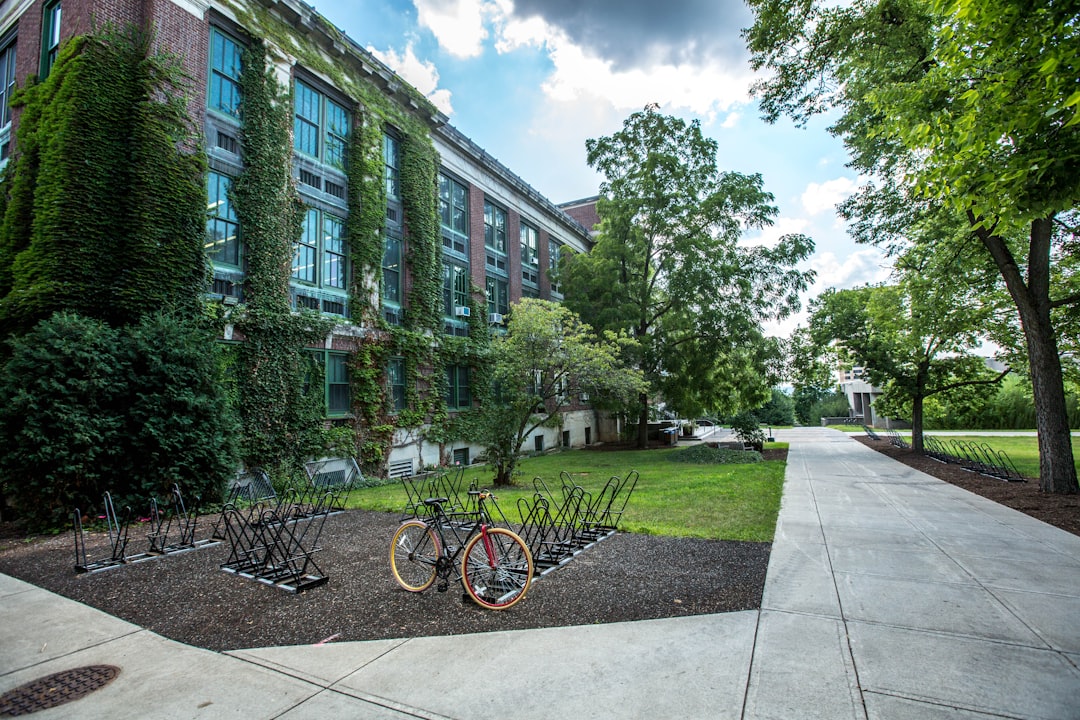Sustainable design has become increasingly important in the world of architecture and interior design as we strive to create spaces that are both beautiful and environmentally friendly. As more and more people become aware of the impact their homes have on the planet, incorporating sustainable design principles into our living spaces has never been more crucial.
For those looking to make their homes more sustainable, there are a few key principles to keep in mind. Here are some ideas on how you can incorporate sustainable design principles in your home.
First and foremost, one of the most effective ways to make your home more sustainable is to use energy-efficient appliances and lighting. Investing in appliances with high energy star ratings can help reduce your energy consumption and lower your utility bills. LED lighting is also a great option as it uses less energy and has a longer lifespan compared to traditional incandescent bulbs.
Another important aspect of sustainable design is using eco-friendly materials in your home. Consider using sustainable materials such as bamboo flooring, reclaimed wood, and recycled glass for countertops and tiles. These materials not only look great but also help reduce your carbon footprint. Additionally, using low VOC (volatile organic compound) paint can help improve indoor air quality and create a healthier living environment for you and your family.
Incorporating passive design strategies into your home can also help reduce your energy usage. Good insulation, orientation, and natural ventilation can all contribute to a more energy-efficient home. Placement of windows and doors, as well as the use of shading devices, can help regulate the temperature inside your home and reduce the need for heating and cooling.
Focusing on water efficiency is another important aspect of sustainable design. Installing low-flow fixtures, collecting rainwater for irrigation, and using drought-tolerant plants in your landscaping can all help reduce water waste and conserve this precious resource.
Lastly, incorporating renewable energy sources such as solar panels can help you reduce your reliance on fossil fuels and lower your carbon footprint. By generating your own clean energy, you can not only save money on your utility bills but also help protect the environment for future generations.
In conclusion, incorporating sustainable design principles into your home is not only beneficial for the planet but can also create a healthier and more comfortable living environment for you and your family. By considering energy efficiency, eco-friendly materials, passive design strategies, water efficiency, and renewable energy sources, you can make your home a more sustainable and environmentally friendly place to live.
If you are interested in learning more about how how architectural knowledge provides value in our daily lives, consider visiting Arch-Liberated website, a personal blog of a PhD student at University of Cambridge.
For more information visit:
Independent Architecture | Seyda Studio
https://www.seydaistudio.com/
With a vision of an Independent Architecture, Seyda Studio writes about how to become an independent architecture, starting from school years to professional practice. This site is all about discovering your identity as an independent architect, and going through every day struggles that an independent architect faces.
Unleash your creativity with Seyda Studio – where art meets passion and innovation. Explore our collection of unique and stylish pieces that will elevate your space and inspire your soul. Stay tuned for our upcoming releases and exclusive offers – because art should be accessible to all.

